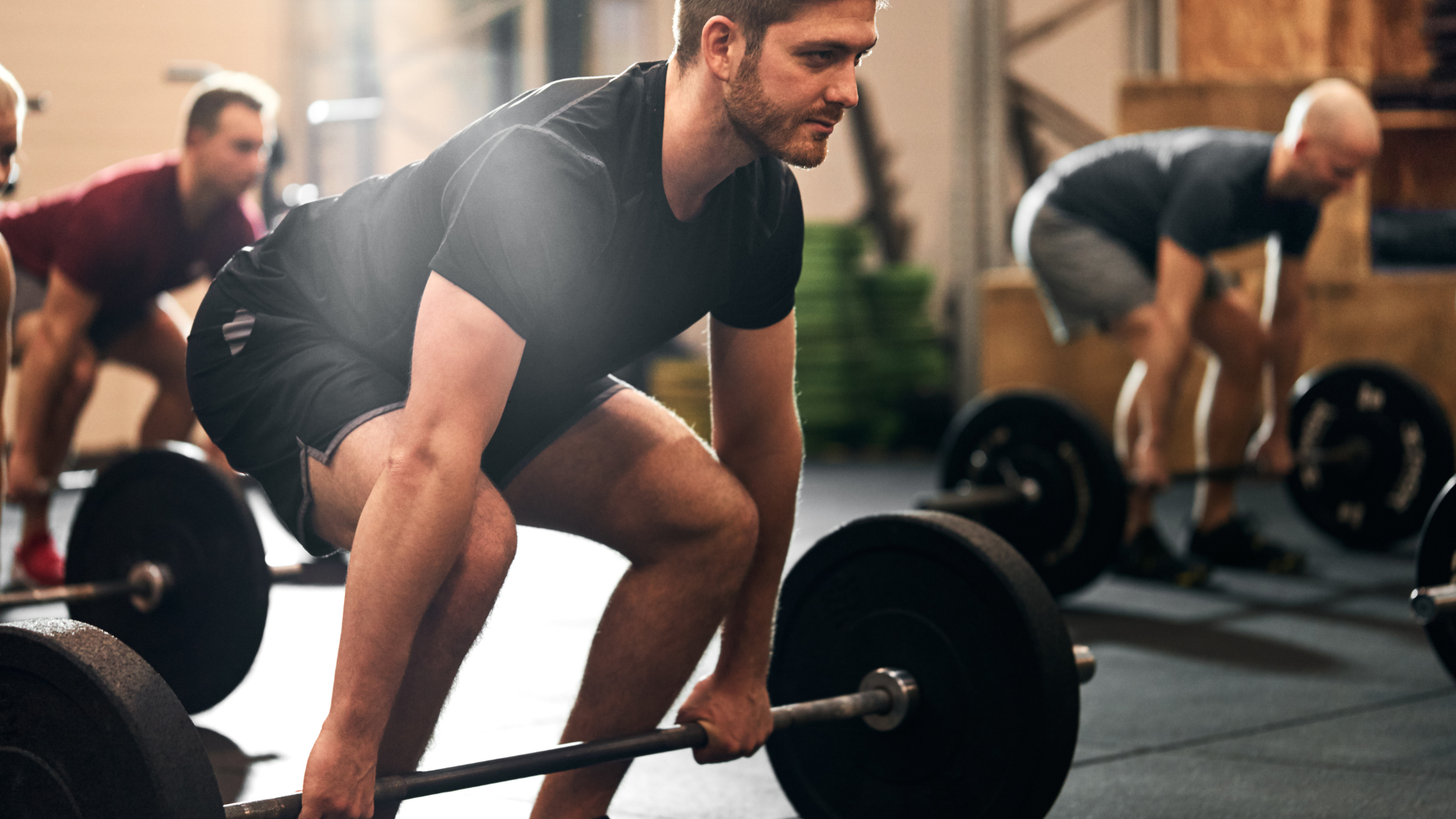Hypertrophy Myth
Hypertrophy, the process of increasing muscle size, is the holy grail for many people in the gym. But achieving it is not as straightforward as simply lifting weights. The two primary strategies—low load/high repetitions (LL-HR) and high load/low repetitions (HL-LR)—each offer unique benefits depending on your goals and experience level. LL-HR involves lifting lighter weights, typically less than 60% of your one-repetition maximum (1RM), for more than 15 reps per set. It is a method that puts your muscles to the test, keeping them under tension for longer and targeting those endurance-oriented type I muscle fibres. On the other hand, HL-LR is all about moving heavy weights—more than 60% of your 1RM—for fewer than 12 reps per set. This approach is geared towards maximizing strength by focusing on type II muscle fibres, which are responsible for explosive power and force.
One of the most significant advantages of LL-HR is its ability to build muscular endurance. When you are lifting lighter weights for higher reps, you are training your muscles to sustain effort over extended periods. This makes LL-HR particularly useful for endurance athletes, individuals recovering from injuries, or those who want to minimize joint stress. The lighter loads in LL-HR are also easier on your joints, making it a safer option for beginners or those with joint issues. Plus, there is something satisfying about the burn that comes with cranking out high-rep sets—it is a sure sign that your muscles are working hard.
In contrast, HL-LR is the go-to method for those aiming to boost strength. Lifting heavy weights for fewer reps pushes your muscles to recruit more fibres and adapt to the increased intensity, leading to significant strength gains over time. This method is especially beneficial for powerlifters, athletes in strength sports, or anyone looking to break through a plateau. There is a certain thrill that comes with moving heavy weights—it is a test of your limits and a surefire way to see tangible progress in your strength.
Interestingly, research shows that both LL-HR and HL-LR can lead to similar hypertrophy gains if you are pushing each set to failure. This means that whether you are lifting light for lots of reps or heavy for fewer, you can still build muscle effectively. The key to maximizing your results, however, might lie in variety. Emerging studies suggest that mixing up your training—sometimes going heavy, sometimes going light—can keep your muscles guessing and growing. By incorporating different loading zones into your routine, you can target a broader range of muscle fibres and prevent your body from adapting too much to one style of training.
So, what is the best approach? It depends on your individual goals. If you are focused on building strength, leaning towards HL-LR will help you get there faster. But if endurance, joint health, or muscle definition is your priority, LL-HR might be the better option. For most people, however, a combination of both methods is ideal. This not only keeps your workouts interesting but also ensures comprehensive muscle development. Plus, switching up your routine can help prevent the dreaded training plateau, where progress stalls despite your best efforts.
In the end, both low load/high reps and high load/low reps have their place in a well-rounded training program. The most important thing is to stay consistent, challenge yourself, and enjoy the journey towards building a stronger, more muscular physique. Whether you prefer the burn of high reps or the thrill of heavy lifting, there’s no one-size-fits-all answer—just find what works for you and stick with it. Your muscles will thank you for it.
References:
- Fischetti, F., Cataldi, S., Vilardi, A., & Greco, G. (2020). Muscle Hypertrophy and Low Load Training: An Update. Acta Kinesiologica.
- Morton, R. W., Oikawa, S. Y., Wavell, C. G., Mazara, N., McGlory, C., Quadrilatero, J., ... & Phillips, S. M. (2016). Neither load nor systemic hormones determine resistance training-mediated hypertrophy or strength gains in resistance-trained young men. Journal of Applied Physiology.
- Schoenfeld, B. J., Grgic, J., Ogborn, D., & Krieger, J. W. (2017). Strength and hypertrophy adaptations between low- vs. high-load resistance training: A systematic review and meta-analysis. Journal of Strength and Conditioning Research.
Strength with SSISA
Think Strength. Think The Sports Science Institute of South Africa.


